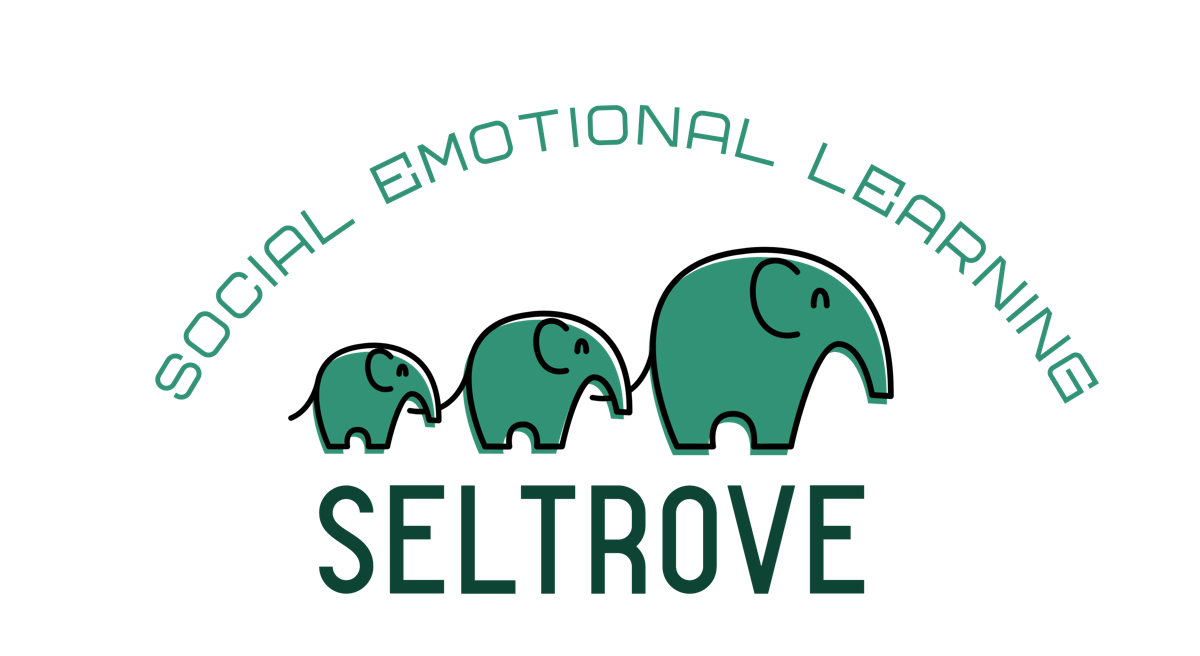
How to Foster Self-Awareness in Students
1. Encourage Reflection Through Journaling
Journaling is a powerful tool for self-discovery and personal growth. Encouraging students to write about their daily experiences, emotions, and thoughts can help them process their feelings and develop greater self-awareness.
How to Implement:
📝 Provide journal prompts such as:
"What made you feel proud today?"
"Describe a challenge you faced and how you handled it."
"What are three things you are grateful for?"
🕰 Set aside 5-10 minutes daily for students to write freely without judgment.
2. Teach Emotional Vocabulary
Understanding and naming emotions accurately is crucial for self-awareness. Many students struggle to express how they feel because they lack the vocabulary to do so.
How to Implement:
🗣 Introduce an "Emotion Word of the Day" and discuss different feelings with students.
🎭 Use storytelling and role-playing activities to help students explore different emotional scenarios.
📊 Create an "Emotion Chart" where students can identify and track their emotions throughout the day.
3. Encourage Mindfulness Practices
Mindfulness helps students stay present and recognize their emotions and thoughts without judgment. It promotes self-awareness by fostering a sense of inner calm and reflection.
How to Implement:
🌿 Start the day with a short breathing exercise or guided meditation.
🎧 Use mindfulness apps or videos designed for students.
🧘 Encourage mindful movement, such as stretching or yoga, to help students connect with their bodies and emotions.
4. Promote Constructive Feedback and Self-Assessment
Providing students with opportunities to reflect on their work and receive feedback helps them develop self-awareness about their strengths and areas for improvement.
How to Implement:
✅ Use self-assessment checklists to help students evaluate their own work.
👥 Implement peer feedback activities where students learn to give and receive constructive feedback.
🎯 Set personal learning goals with students and track their progress over time.
5. Model Self-Awareness as an Educator
Students learn by example. When educators and parents model self-awareness, students are more likely to adopt these practices in their own lives.
How to Implement:
💬 Share personal reflections on learning experiences, challenges, and successes.
🎤 Use "Think Aloud" strategies to show how to process emotions and problem-solve effectively.
📖 Read books or stories about self-awareness and discuss characters' emotions and decisions.
Conclusion
Fostering self-awareness in students helps them develop confidence, resilience, and emotional intelligence. By integrating journaling, emotional vocabulary, mindfulness, self-assessment, and role modeling into daily routines, educators and parents can equip students with the skills needed for personal and academic success.
📌 Next Steps:
✅ Introduce self-awareness activities in your classroom or home.
✅ Encourage students to track their emotions and reflect on their experiences.
✅ Continuously reinforce the importance of self-awareness in personal growth and relationships.
💡 Looking for more SEL resources? Subscribe to our newsletter for the latest strategies and insights on student development!
Want to learn more?
Access classroom-ready turnkey resources for your SEL classroom. Our SEL resources are crafted to be both engaging and interactive, aimed at nurturing empathy, compassion, and well-being among students. With a commitment to creating inclusive and kind classroom environments, our suite of print and digital materials is designed to support educators in this mission
Featured links
-
SEL Print Workbooks
-
SEL Lightspeed Schoolwide
-
SEL K-12 Free Sample Guide
-
District Solutions
-
About us
Teacher Resources
Get in touch
-
516 North Ogden Ave, Suite 111 Chicago, IL 60642
-
andy@seltrove.com
-
312-224-2536